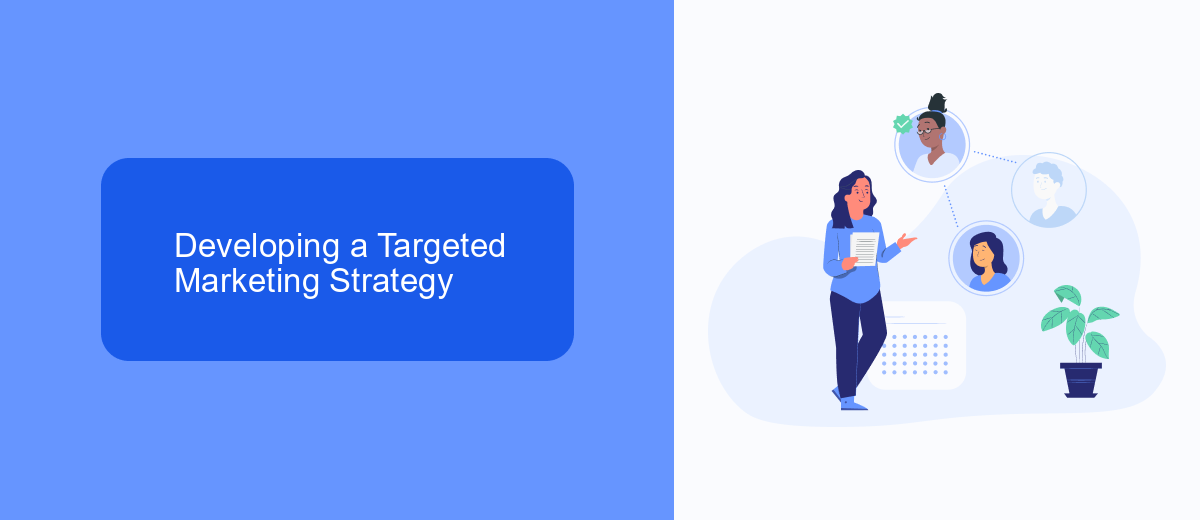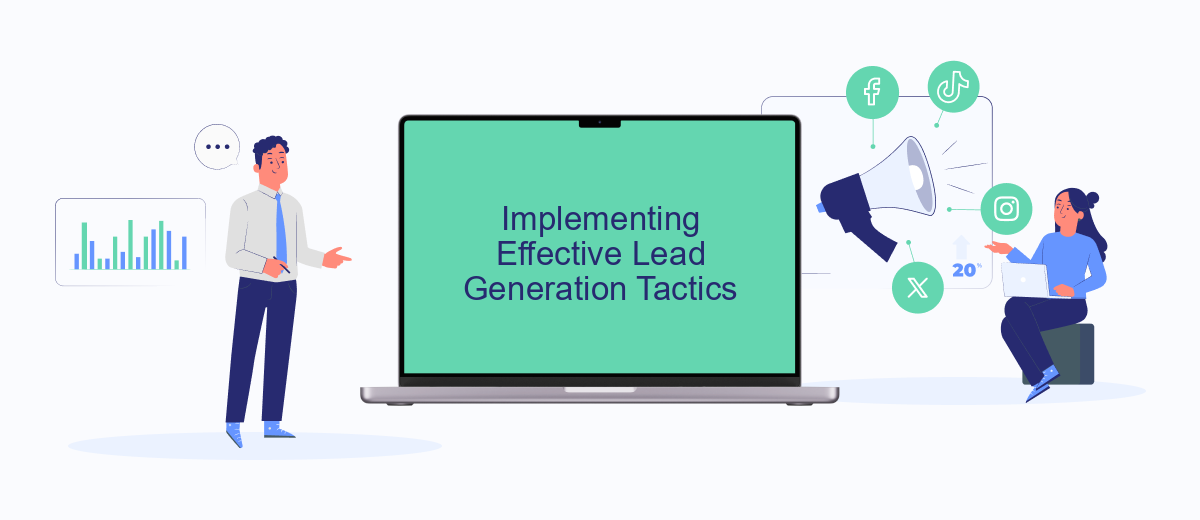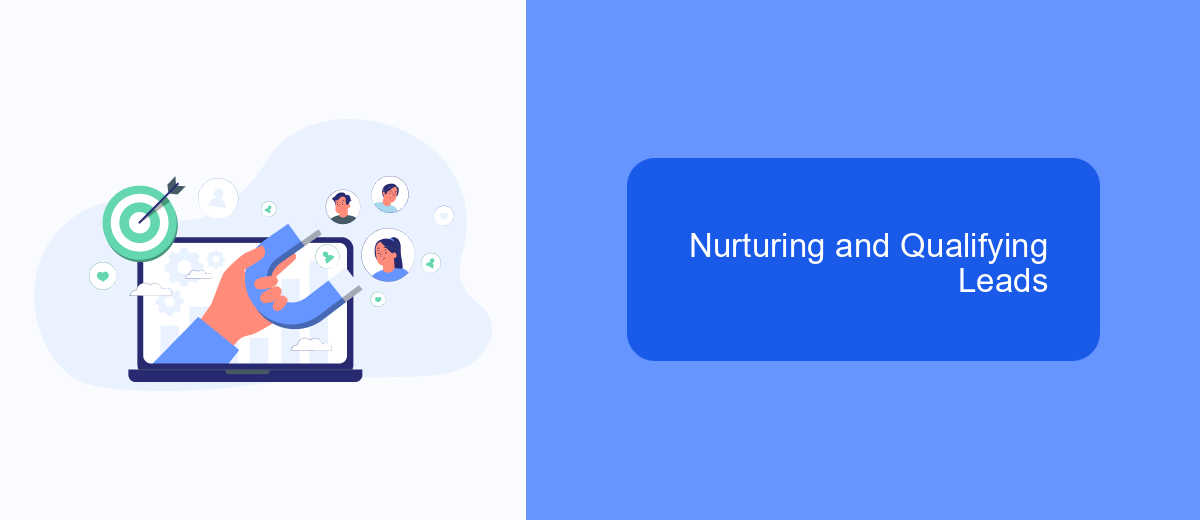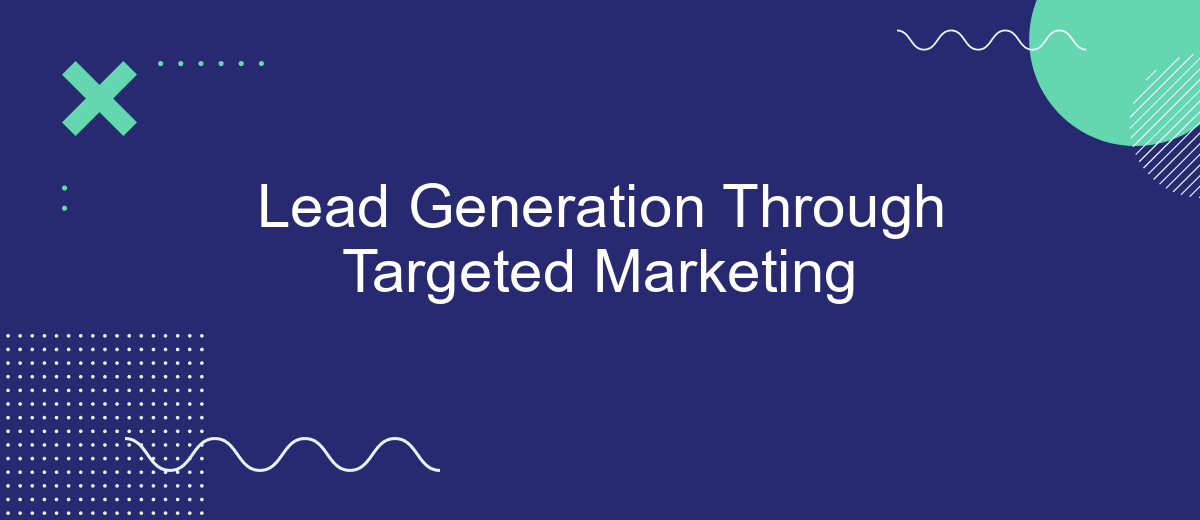In today's competitive business landscape, effective lead generation is crucial for sustainable growth. Targeted marketing has emerged as a powerful strategy to attract and convert potential customers by focusing on specific audiences. By leveraging data-driven insights and personalized content, businesses can enhance their outreach efforts, improve conversion rates, and ultimately drive revenue. This article explores the key elements and benefits of lead generation through targeted marketing.
Understanding Your Target Audience
Understanding your target audience is a crucial step in effective lead generation through targeted marketing. By gaining insights into who your potential customers are, you can tailor your marketing strategies to meet their specific needs and preferences. This understanding helps in crafting personalized messages that resonate with your audience, ultimately leading to higher conversion rates and customer satisfaction.
- Identify demographic information such as age, gender, income, and location.
- Analyze psychographic data, including interests, values, and lifestyle choices.
- Understand buying behavior and patterns to predict future purchasing decisions.
- Utilize customer feedback and surveys to gather direct insights.
- Monitor social media interactions to gauge engagement and sentiment.
By thoroughly researching and understanding your target audience, you can create marketing campaigns that are not only more effective but also more efficient. This targeted approach allows you to allocate resources wisely, ensuring that your marketing efforts reach the right people at the right time. Ultimately, a deep understanding of your audience leads to stronger customer relationships and sustained business growth.
Developing a Targeted Marketing Strategy

Developing a targeted marketing strategy begins with understanding your audience. Conduct thorough market research to identify the demographics, preferences, and behaviors of your potential customers. This information will guide you in creating buyer personas, which are detailed profiles of your ideal customers. With these personas, you can tailor your marketing messages to resonate with specific segments, ensuring that your content is relevant and engaging. Additionally, analyzing competitors can provide insights into what strategies are effective within your industry, helping you refine your approach.
Once you have a clear understanding of your audience, the next step is to choose the right channels for your marketing efforts. Consider where your target audience spends their time online and focus your efforts on those platforms, whether it be social media, email, or search engines. To enhance efficiency and integration across these channels, tools like SaveMyLeads can automate the process of capturing and managing leads, ensuring seamless communication and data flow. This allows you to focus on crafting compelling messages and optimizing your strategy, ultimately driving more qualified leads to your business.
Implementing Effective Lead Generation Tactics

Implementing effective lead generation tactics is crucial for businesses aiming to thrive in competitive markets. By strategically targeting potential customers, companies can not only increase their sales pipeline but also improve conversion rates. A well-thought-out approach requires a combination of creativity, data analysis, and consistent execution. Below are some practical tactics that can be employed to enhance lead generation efforts:
- Develop a comprehensive content marketing strategy that addresses the specific needs and pain points of your target audience.
- Utilize social media platforms to engage with potential leads through targeted ads and interactive content.
- Implement email marketing campaigns that offer personalized messages and exclusive offers to nurture leads.
- Leverage search engine optimization (SEO) to increase visibility and attract organic traffic to your website.
- Host webinars and live events to demonstrate expertise and build relationships with prospective clients.
By integrating these tactics into your marketing strategy, you can create a robust lead generation system that consistently attracts and converts potential customers. It is important to continually assess the effectiveness of each tactic, making adjustments as needed to align with evolving market trends and consumer behaviors. Ultimately, a targeted approach to lead generation can significantly enhance business growth and profitability.
Nurturing and Qualifying Leads

In the realm of targeted marketing, nurturing and qualifying leads is a crucial step that bridges the gap between initial interest and conversion. This process involves building relationships with potential customers by providing relevant content and personalized communication. By understanding their needs and preferences, businesses can guide leads through the sales funnel more effectively.
Qualifying leads is equally important, as it helps businesses identify prospects who are most likely to convert into paying customers. This involves evaluating leads based on specific criteria such as budget, authority, need, and timeline (BANT). By focusing on quality over quantity, companies can allocate resources more efficiently and improve their conversion rates.
- Segment your audience to tailor content and communication.
- Utilize marketing automation tools to streamline lead nurturing.
- Implement lead scoring systems to prioritize high-potential prospects.
- Engage leads with personalized follow-ups and offers.
By nurturing and qualifying leads effectively, businesses can create a more efficient sales process that not only increases conversions but also builds lasting customer relationships. This strategic approach ensures that marketing efforts are aligned with the needs of the target audience, ultimately driving growth and success.
- Automate the work with leads from the Facebook advertising account
- Empower with integrations and instant transfer of leads
- Don't spend money on developers or integrators
- Save time by automating routine tasks
Measuring and Optimizing Lead Generation Efforts
To effectively measure lead generation efforts, businesses must track key performance indicators (KPIs) such as conversion rates, cost per lead, and return on investment (ROI). Utilizing analytics tools can provide insights into which marketing channels are driving the most leads and where adjustments may be needed. Regularly reviewing these metrics helps in understanding the effectiveness of current strategies and identifying areas for improvement. By setting clear goals and benchmarks, businesses can better assess the success of their lead generation campaigns.
Optimizing lead generation involves not only analyzing data but also integrating tools that streamline processes. Services like SaveMyLeads can automate the transfer of leads from various platforms into a centralized database, ensuring no potential customer is overlooked. This integration allows for real-time updates and efficient follow-ups, which can significantly enhance conversion rates. By continually testing different approaches and leveraging automation, businesses can refine their strategies to maximize lead quality and quantity, ultimately boosting their marketing ROI.
FAQ
What is lead generation through targeted marketing?
How can I identify my target audience for lead generation?
What are some effective strategies for targeted marketing in lead generation?
How can automation improve my lead generation process?
What metrics should I track to measure the success of my lead generation efforts?
SaveMyLeads is a simple and effective service that will help you automate routine tasks and optimize business processes. Stop wasting time uploading leads from Facebook manually – you can do it automatically, saving a lot of time and money. Eliminate routine from workflows and achieve more with minimal investment of money, effort and human resources.

